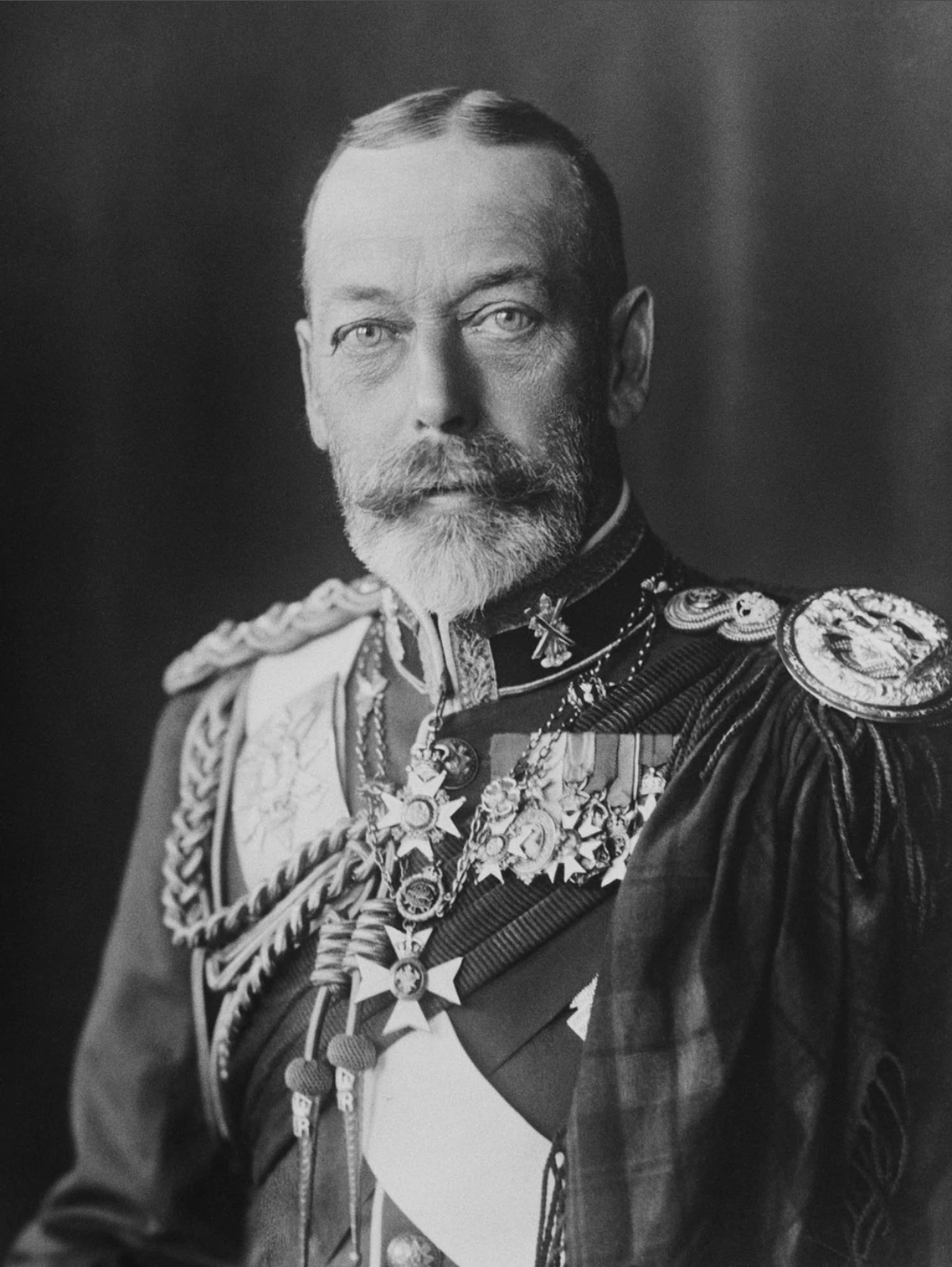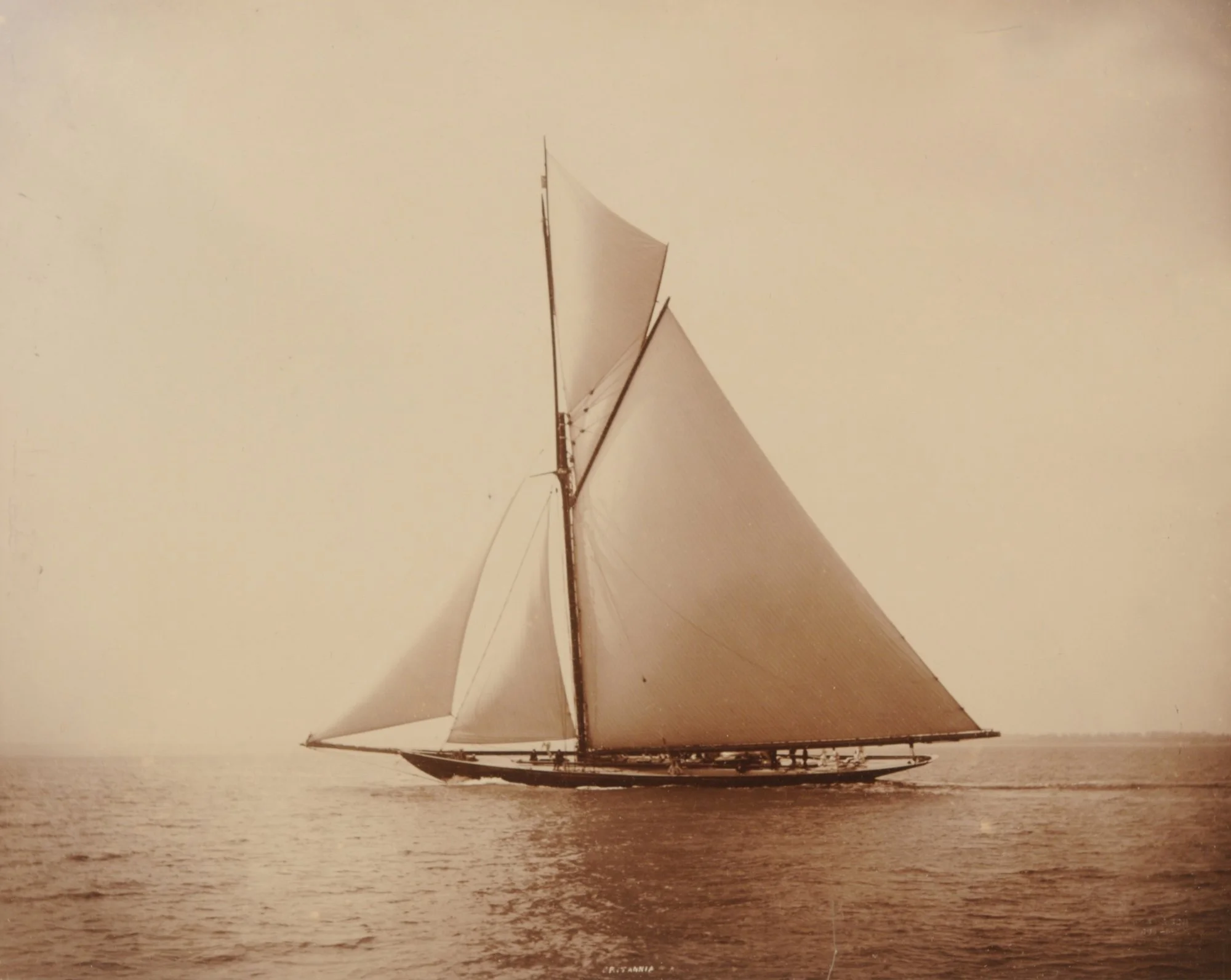Ventura – 130 years of Australian yachting history-Part One
By Stephen Robson
Some of you might remember an article we published about a year ago entitled “Classic Rules for Buying a Boat”. At the time it was one of our most popular reads, probably because it offered sage advice, without a hint condescension.
So you can imagine how excited we were this week when the author of that article, Stephen Robson, contacted SWS offering us the full history of the vessel that was the outcome of the purchase that he described; the 130 year old VENTURA. It’s a rich and comprehensive story so we have chosen to serialise it over three consecutive weeks.
In this first chapter Stephen tells of VENTURA’s early years. // Editor
One of the great privileges of becoming the custodian of a heritage timber boat is the understanding that there must be a lot of history before you.
More than a century of archives for VENTURA show that she has a royal connection, was rebuilt several times including increasing her length by more than 25%, and very recently has been reunited into the family of her original owner. VENTURA has journeyed up and down the east coast with numerous owners, was lost for a while, then found and given a complete facelift. She is once again gracing Sydney waterways.
Records confirm that VENTURA was launched November 18, 1893 on the Tamar River in Tasmania. VENTURA was then, and still is today, a beautiful yacht that turns heads wherever she goes. Taking her for a cruise today has been described as akin to accompanying a beautiful lady to a ball: Everyone stares at her, ignoring her rather motley partner(s) … except to wonder how he ever became associated with such a stunner.
In her founding years, VENTURA has a fascinating royal connection. This is courtesy of her designer - GL Watson of Glasgow, Scotland. George Lennox Watson was a highly regarded naval architect, designing many famous yachts including several America’s Cup challengers: THISTLE (1887), VALKYRIE II (1893), VALKYRIE III(1895), SHAMROCK II (1901). Sadly, none of these vessels were successful. But Mr Watson did go onto to design another rather incredible yacht named the BRITANNIA. The BRITANNIA is said to be the most successful racing yacht of all time. She was also built in 1893 being originally commissioned and raced over 43 years by Albert, Prince of Wales and then his son who became King George V.
King George V
During her time, BRITANNIA won an astounding 231 major races - a feat that has never been bettered, nor will it likely be. Remarkably - or perhaps selfishly - King George V loved his boat so much it was his dying wish was for her to follow him to the grave. As a result, after his death on July 10, 1936, BRITANNIA was towed out to St Catherine's Deep near the Isle of Wight, and duly scuttled by the HMS WINCHESTER.
King George V was succeeded by King Edward III, then King George VI, who in turn was Queen Elizabeth II’s father. Her majesty would have been 10 years old when the BRITANNIA was submerged by King George V – so she would likely have seen this beautiful boat and may have even sailed on her. Of course, the name BRITANNIA lived on in the royal household for many years with another BRITANNIA, this time as an ocean-going ship known as the ROYAL YACHT BRITANNIA, from 1954 to 1997 during much of Queen Elizabeth II’s reign.
BRITANNIA in the 1890s
Very fortunately the original Britannia’s graceful lines survive today in VENTURA. These early photos of Britannia and VENTURA show how GL Watson was thinking in 1893. Although almost half her size, VENTURA had the same hull overhangs and gaff rig design, making her a smaller version of BRITANNIA that is just as graceful.
VENTURA in her original form on the Derwent c 1910
In Australia, several maritime historians have referred to VENTURA as the first ‘modern’ racing yacht constructed here. She was commissioned by William Hunt and built by Edward (aka Ned) A. Jack, a highly regarded member of the boatbuilding fraternity in Launceston. At launch, her LOA was 31 feet with a beam of 8 feet. Her recorded draft of only 4 feet was supplemented by a centreboard. In her original format, she was both light and fast compared to her competitors. VENTURA had a waterline length of 21 feet which allowed her to race in the highly competitive 21-foot Class in Tasmania. However, when heeled her substantial overhangs gave her the advantage of a much longer LWL under sail. As a modern yacht for her day, VENTURA proved difficult to beat for a number of years.
William Hunt adored his new boat calling her little “Ventie”. This was possibly in deference to the fact she was practically a half scale replica of Britannia - which at the time was defeating all comers in Northern Hemisphere yacht racing circles. On our southern shores “Ventie” was also successful, winning many regattas on the Tamar and Derwent Rivers from 1893 to 1896. In these early days, as a centreboarder she was able to be transported between Launceston and Hobart by rail rather than sail down the east coast of Tasmania.
VENTURA’s successful forays down south, from Tamar to the Derwent, resulted in some great yacht racing. This even led to the introduction of the ‘North vs South Cup’. A regatta for the 21 Foot Class of racing yachts was known as ‘The Tasmanian Champion Yacht Race’. The courses were sailed over 15 miles on the Derwent and Tamar rivers.
However, it wasn’t all beer and skittles for VENTURA in these early days. On a sunny Monday in spring (October 7, 1895), several boats including Ventura were drying their mainsails in a light breeze whilst tethered to their moorings on the Tamar after a weekend of racing. As can happen in our southern latitudes, the breeze increased unexpectedly from the south ripping several boats from their moorings. Several vessels were lost in the mayhem, but VENTURA, with her enclosed deck managed to stay afloat, and was grounded on the sand of Fishermans Beach. As it was a soft grounding, she was refloated without significant damage - and continued her winning ways throughout the summer.
At the turn of the century, VENTURA was sold, going to Devonport (1900) and then down to Hobart (1905). Here, she was quickly snapped up by WF Darling, a highly regarded skipper and went on to win the 100-mile Bruny Island Race. She also placed second in the Royal Hobart Regatta in 1907.
Look out for Part Two, “An Embarrassing Loss” in next week’s SWS.





